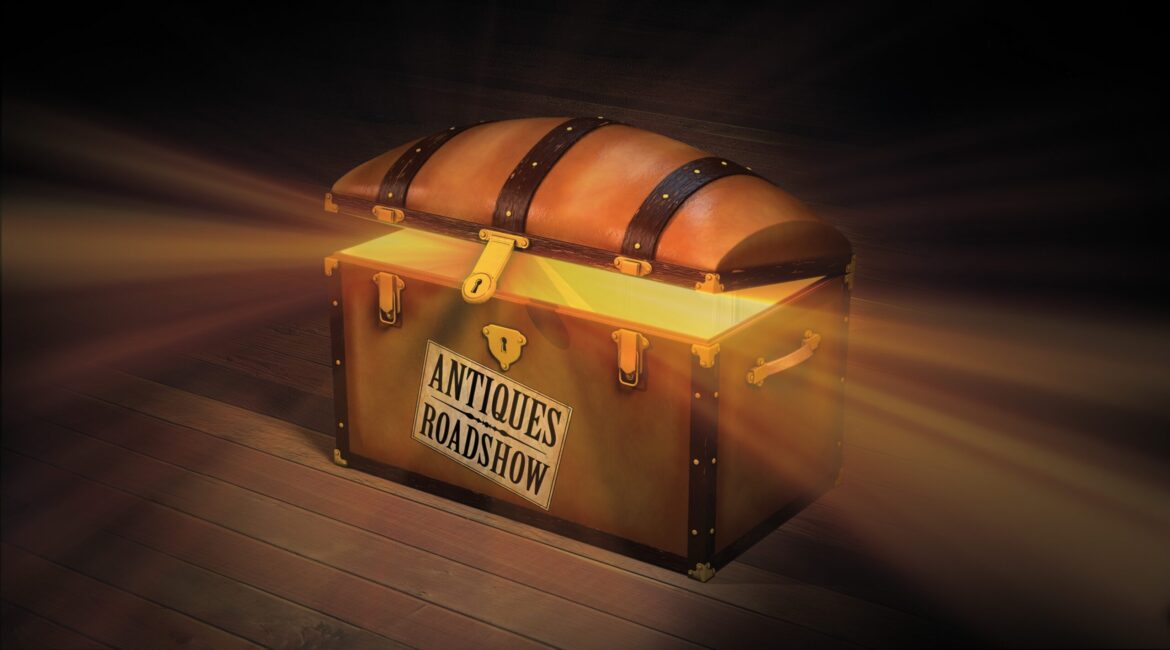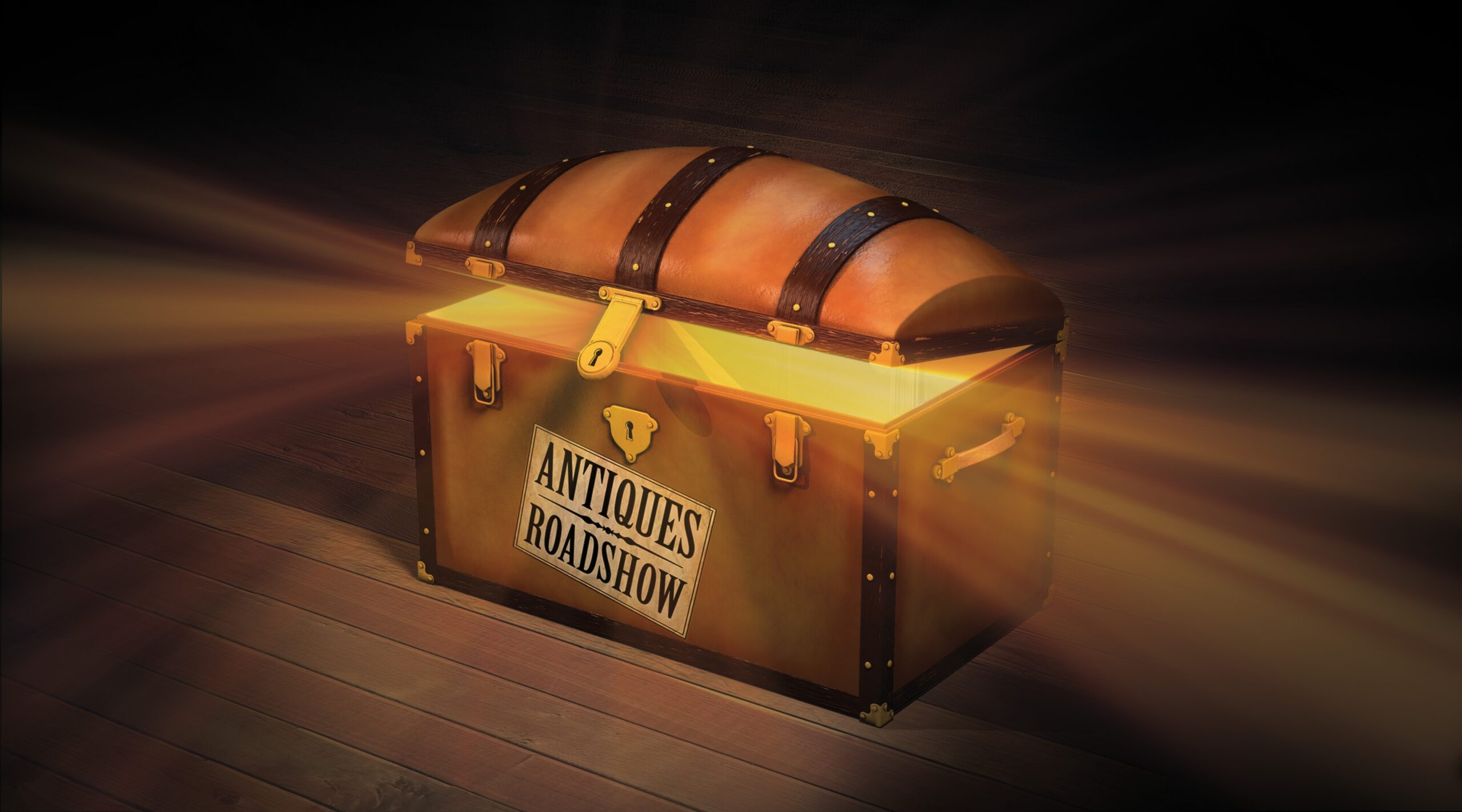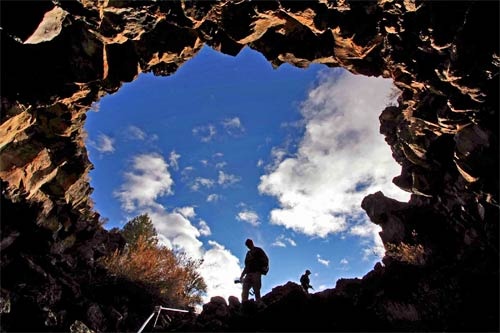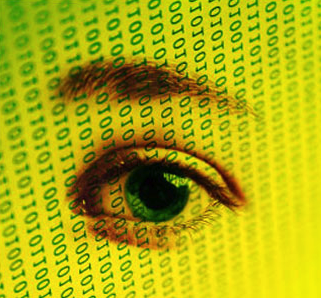
The value of things
Only the deranged look to PBS for visceral thrills, but the basic game plan of their Antiques Roadshow seems exceptionally mundane. Inside a noisy convention center in Anywhere, USA, thousands of ordinary folks bring their heirlooms and thrift-store finds to high-dollar auction-house experts for verbal appraisal. The most interesting items are culled for the camera’s eye, and we watch as a series of people get the scoop on their pieces, with the current auction value finally revealed with a kind of Monte Hall flourish. In between these bouts, host Chris Jussel will toss in a canned interview with hardcore collectors or trips to local hot spots, like James Thurber’s boyhood home in Columbus, Ohio, or Toronto’s Bata Shoe Museum.
I don’t know about you, but all this seems about as liver-spotted and likely to induce a narcoleptic trance as such PBS favorites as Birdwatch or the immortal American Quilt. But Antiques Roadshow, now in its fourth season, has become PBS’ number one show, attracting an impressive fourteen million people a week. About four hundred thousand folks also own the new Antiques Roadshow Primer, written by Martha Stewart Living contributor Carol Prisant.
Needless to say, these are impressive numbers for such a quaint, almost aggressively dorky show, though Antiques Roadshow is actually an ingenious and addictive spectacle. Combining elements of an archeological dig, a detective series, a quiz show, and a daytime confessional, the program is a sui generis celebration of historical art, expert knowledge, and lumpen greed. Despite crappy production values and Jussel’s waxen delivery, the show clicks out its curious pleasures with the compulsive dependability of potato chips. The program’s popularity suggests that Antiques Roadshow has struck a cultural nerve, and I suspect that nerve goes pretty deep.
***
Here’s the basic formula: Joe or Jane Blow present some object scrounged from a flea market or granddad’s attic — a Coca-Cola bottle opener, a highboy, a Deco brooch, a Victorian bon bon tray, a whirligig. The appraiser, generally better dressed and better spoken, asks the owner about how they came to possess the object and what they know about it, which is almost invariably zilch. With that sort of chat out of the way, the appraiser unfurls some historical background and aesthetic analysis, often pointing out the clues — nails, maker’s marks, materials — that helped them identify the vintage and value of the thing. Then comes the Let’s Make a Deal moment: the evaluation. Most objects range from five hundred to a few thousand dollars, but a few fetch considerably higher estimates. “Gee”s, “Wow”s, and, “Oh my”s are common, and people have been known to lose it entirely.
The evaluation is the Roadshow’s money shot, and you get ten or so an episode. But the real pleasures of the program lie in the foreplay. There are many marvelous, strange, and beautifully crafted things in our world, and it’s nice to watch a show that slows down and caresses them, with knowledgeable words and pornographic close-ups. Old decorative art pieces speak for the functional creativity and craft that played such a powerful role in the ordinary material lives of previous generations. These objects are like three-dimensional snapshots of history, congealed signs of someone else’s times. Their material presence allows us to ground ourselves in the past at a time when the present seems increasingly vertiginous and incorporeal.
In this sense, Antiques Roadshow has a very different feeling in America than in the UK, where the BBC has been cranking out the original program since the seventies. In Britain, nearly everything reeks of history, and appraisers there are simply separating wheat from chaff. But in America, the youth-worshipping land that invented the forced obsolescence of consumer goods, history still remains something of a surprise — especially the idea that the patina of age itself can be valuable. Moreover, history itself has also lost much of its coherence and consistency in the face of the hyperactive future tense of the digital age, where every memory is spliced anew and every artifact simulated for a theme park.
Not that Antiques Roadshow can dodge the threat of the simulacrum. At least once an episode, appraisers root out the snake in the grass that haunts the antiquities trade: the fake. These deceiving replicas are the shadow of the collector’s greed for the real — as one appraiser put it, “where values climb, fakes follow.” The detective work that goes into uncovering an ersatz Boston chair or an artificially weathered Colt Walker pistol can be marvelous to behold, even though the wounded, crestfallen expressions on owner’s faces can make you cringe. Sometimes appraisers will even play challenging guess-the-fake games, whose resolution only underscores the unspoken truth: that the distinction between authentic and fake is sometimes impossible to determine.
The fakes remind us that the stories that the appraisers tell are themselves always interpretations, and that there are always gaps in their tales. At the same time, the whole business of appraising objects depends on hiding that gap. In his 1962 novel, The Man in the High Castle, which features a subplot concerning the trade in Civil War Colt .44s, Philip K. Dick formulated a version of Gresham’s Law: The existence of fakes undermines the value of the real. Like disinformation, the knowledge that otherwise undetectable fakes are being traded subtly undermines markets that depend on authenticity. Even the value of real guns — both their economic worth and their “historicity” — starts to crack.
Antiques Roadshow appraisers are fighting a constant battle against this law. But if Jean “Simulations” Baudrillard is right, the battle has already been lost in our hyperreal age, where digital modeling and reproduction destroys the difference between original and copy, and Disneyland becomes the new archetype of authenticity. If so, then watching Antiques Roadshow is an exercise in nostalgia not just because it reminds us of a time when our domestic environments were simply better and more lovingly crafted than they are today. It’s nostalgic because the show still insists on a distinction that itself no longer defines the world we live in.
***
Every hardcore Roadshow fan has a favorite appraiser: Frank Boos, with his outlandish bow ties; the aged Wendell Garrett, almost Stephen-Hawking-like in his wheelchair; or Mildred Ewing, a Skinner specialist in toys and dolls who privately collects Christmas ornaments, teddy bears, and bamboo furniture. For all their sophistication, these folks are all basically fans at heart, and the naked glee they often display as they fondle some clock or porcelain vase is, if not infectious, then at least deeply charming. Moreover, an almost magical function on transforming junk into gold through the power of their expert knowledge.
At the same time, they are perfectly willing to humiliate guests who bring in fakes or do something stupid like refinish a Colonial cabinet. In one episode, a proud couple turned up with a gorgeous eighteenth century chair that would have fetched between ten and fifteen thousand dollars if they hadn’t polished its decrepit (but valuable) wood. But because they wanted to extract some use value out of the thing, the chair was worth only a grand at best. Hopelessly attempting to contain her anger and disappointment, the wife choked out: “So, this means that if you have an antique chair you can’t actually use it?!” The appraiser smiled, and without missing a beat, said, “Well, you can always donate it to the decorative arts department of your local museum.”
Such scenes are de rigueur on Antiques Roadshow, not only to emphasize the ultimate superiority of elite models of taste, but to provide drama to the show — after all, you can’t have a lotto without losers. And Antiques Roadshow is essentially a lottery. The sixth-grade teachers and ex-busboys in “Grits” t-shirts who cart in little goldmines are no more deserving of their scores than the hundreds of folks who walk away from the Roadshow with the firm knowledge that their junk is indeed junk. Moreover, the guests who make it on air are almost invariably ignorant about the worth of their possessions — an innocence that sets the stage for a sudden lotto-like bestowal of status and value.
In other words, the real juice driving the show is the inflationary magic of market value. The stock market, after all, is essentially a mechanism of mass appraisal, and its not always so easy to clearly distinguish between the supposedly rational behavior behind something like Amazon’s profitless triumph and the cultural desires that can make a piggy bank shaped like a black baseball player or a crappy painting of a Civil War battle worth thousands of dollars. Obviously a Shaker chair or a Tiffany lamp has more lasting value than fluctuating twentieth-century collectibles like board games or lunch boxes, but the ultimate fickleness of collector lust — and the unspoken and unstable backdrop of the economic boom that inflates these markets in the first place — gives the Antiques Roadshow appraisals a Wheel of Fortune spin.
***
If Antiques Roadshow is a kind of dice throw, though, there is something rather valuable that is potentially lost in the wager. Let’s call it “aura,” a term that the German critic Walter Benjamin famously used to describe the nimbus of meaning that surrounds a unique work of art — an aura he believed was lost when the image was mechanically reproduced. The Mona Lisa, for example, has been hopelessly drained of aura by the multiplication of that strange sexy smile on t-shirts, puzzles, and coasters. That’s why so many tourists respond to their first glimpse of Da Vinci’s canvas with a deflated, “It’s so small.”
Many of the objects that show up on Antiques Roadshow arrive glowing with aura, especially those that are heirlooms: “This belonged to my great-uncle Harry, who got it from a fellow who worked the mines…” or “I can remember playing with this doll as a child….” After the object is brought before the appraisers, it is fixed in the objective brine of expert reckoning. It becomes part of a class of objects, dated, organized, and known. The information deepens the narrative richness of the object, but these stories also come with a price — literally. When the appraisers name their figure, the object reaches the final stage of its almost alchemical transformation into a commodity. The money figure then sails across the Roadshow screen, accompanied by a treasure chest icon and a kind of pixie-dust jingle.
Here is the sad drama that often seems to rule our times: the triumph of economic reckoning over less tangible values. It’s not that people shouldn’t know about the things they possess, nor that anything is wrong with making money from heirlooms or thrift store scores. Many Roadshow participants clearly have no desire to part with their suddenly big-bucks possessions. But the relationships that people have with their quirkier possessions change irrevocably in the face of a major evaluation. Think of the eBay addict, scanning his or her closets, basements, and shelves for personal possessions that might spark a bidding war on-line. The temptation is to depersonalize the object, to respect it for what it means to other people — i.e., the market — rather than what it means to yourself. Whatever other values or associations that might have clung to those things are suspended in the quest to play the money game. Despite its considerable pleasures, Antiques Roadshow subtly erodes one of the most basic joys that possessions can provide: the way they slip outside the market and into your life.




